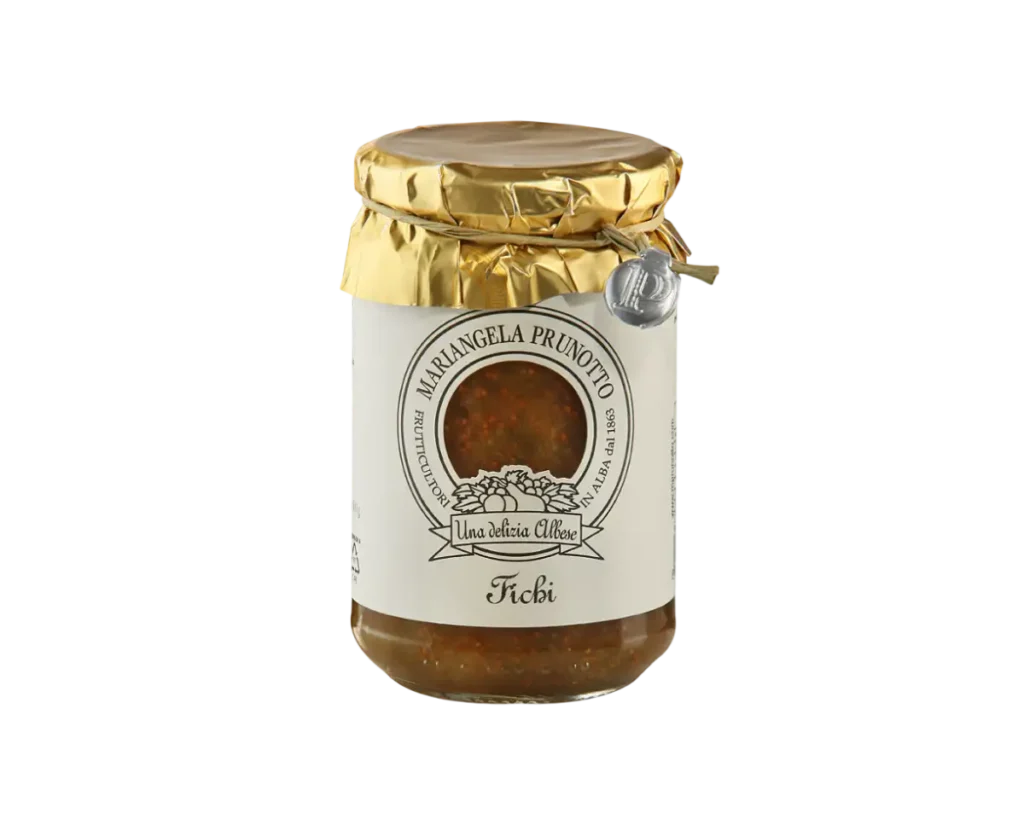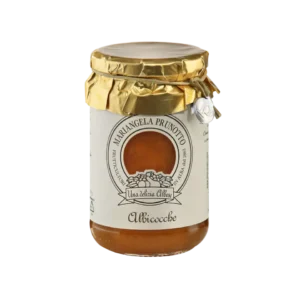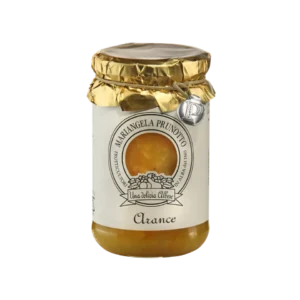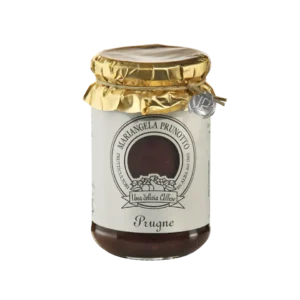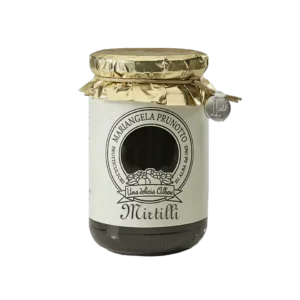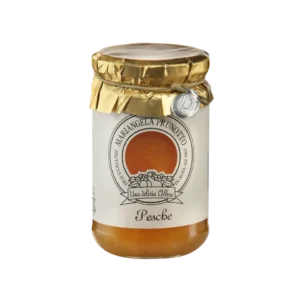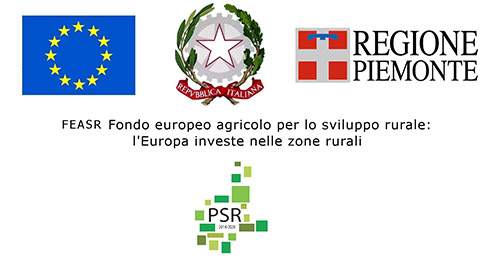Varietal characteristics
The fig is a fascinating plant that has always been present in our gardens and Mediterranean landscapes. Native to the ancient regions of Mesopotamia, Palestine and Egypt, it has spread over time throughout the Mediterranean basin, eventually arriving in America and the East as well.The common fig (Ficus carica) grows well in warm, dry climates, but it fears frost and cannot tolerate too cold temperatures. For this reason it is often found in temperate but well sheltered areas.
Its fruits, which we all know as figs, have a typical teardrop shape and their color varies according to variety. The skin can also be more or less thick, smooth or wrinkled. Actually, what we call a fruit is a fleshy inflorescence that contains many small grains inside: those, yes, are the real fruits of the plant.The leaves of the fig tree are very distinctive, with large, irregular lobes that are easy to recognize. When a fruit is detached from the plant, a white liquid, a natural substance produced by the plant itself, leaks from the petiole.
The fig is a simple, hardy and generous plant that has accompanied the seasons and the tables of many cultures for centuries.
| Nutritional values |
| Average values per 100g of product |
|
Energy value
|
Kcal 256 / kJ 1075
|
|
Fats
|
< 0,3 g
|
|
of which saturated fat
|
< 0,1 g
|
|
Carbohydrates
|
61 g
|
|
of which sugars
|
57 g
|
|
Protein
|
0,8 g
|
|
Salt
|
0,1 g
|
|
Fiber
|
2,7 g
|
The salt content is due to the presence of sodium
Store unopened in a cool, dry place.
After opening, store at +4 ֯C and consume within 3-4 days.

